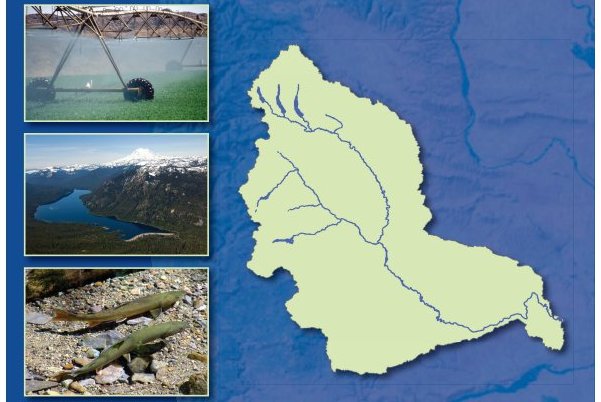Agreement in Reach on Decades-Long Yakima River Water War


The Yakima River in Washington, like the Colorado River and the Sacramento Delta, has been the focus of nasty, divisive water wars for years. But it now appears that a landmark agreement is within reach for the Yakima. This gives hope to other areas where disputes over water seem to never be resolved. Sometimes warring sides really can come together and make peace. The Yakima Basin Integrated Plan is a model of cooperation that shows others how to resolve their differences for the common good. May others take heed and follow their example.
Supported by conservationists, farmers, and the Yakama Nation, the original stewards of the basin’s lands and waters, it’s a precedent-setting opportunity to restore salmon, protect public lands and rivers, increase the reliability of water supplies for farmers, and create new jobs in the basin. Beyond that, the plan is a template for smart innovation in basins across the country that face the four horsemen of climate change, water scarcity, dwindling wildlife, and divisive politics.
It is really quite astonishing, as well as heartening, that such diverse players and interests could come to the bargaining table and work out a deal. Negotiations were encouraged by Washington Governor Chris Gregoire, Secretary of the Interior Ken Salazar, and US Rep. Doc Hastings. Gregoire is a Democrat and Hastings is a Republican. But apparently partisan politics wasn’t allowed to intrude on the process. The Bureau of Reclamation was also helpful by “championing ecosystem services and helping to create a model for future water projects around the country.”
The Yakima River plan protects public land and water, creates safe passage for salmon and other fish, and expands water markets and water storage. It will bring back a big sockeye salmon run as well as build two reservoirs so farmers can be assured of a more reliable supply.
The Integrated Plan includes seven elements: reservoir fish passage, structural and operational changes to existing facilities, surface water storage, groundwater storage, habitat/watershed protection and enhancement, enhanced water conservation, and market reallocation.
Somehow, amazingly, the plan has done it all. Sure, it’s a compromise, but that’s what cooperation is about. The plan still needs to be funded by the US Congress, but given the diverse coalition formed here with members of all parties and factions, the process should be much simplified.
Sacramento Delta and Colorado River, are you listening? If water stakeholders in the Yakima River basin can come to an agreement, so can you.


